
Find Help
More Items From Ergsy search
-

How long does it take for impetigo to heal?
Relevance: 100%
-
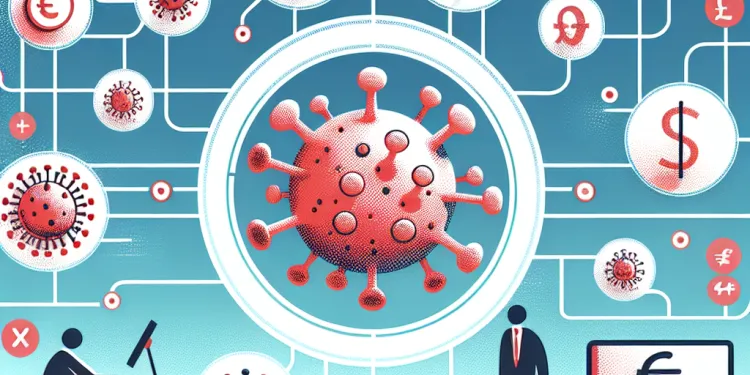
Is impetigo contagious?
Relevance: 68%
-
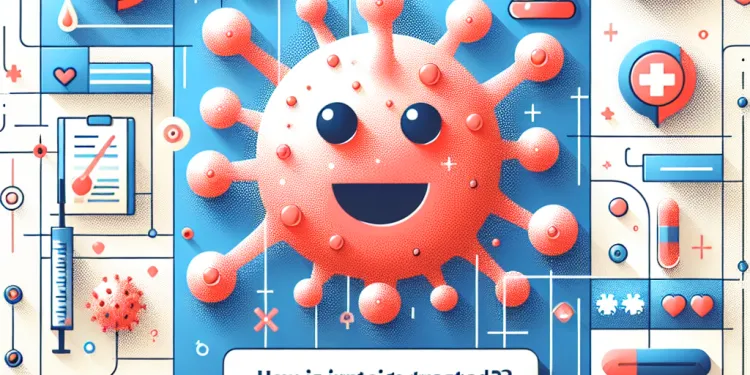
How is impetigo treated?
Relevance: 68%
-

Is impetigo painful?
Relevance: 66%
-
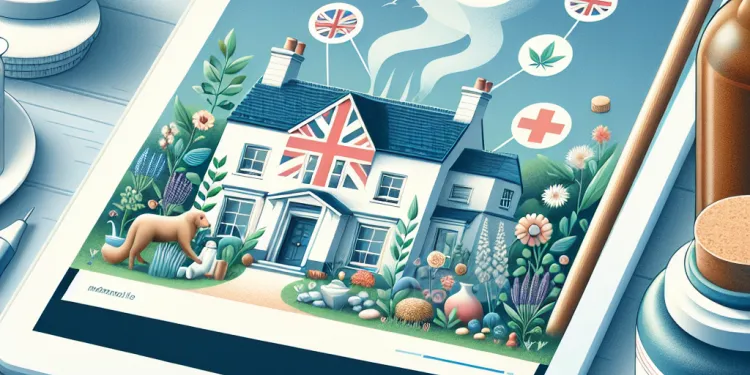
Are there any home remedies for impetigo?
Relevance: 64%
-

Is there a vaccine for impetigo?
Relevance: 62%
-

Pharmacy First – Impetigo Service
Relevance: 61%
-
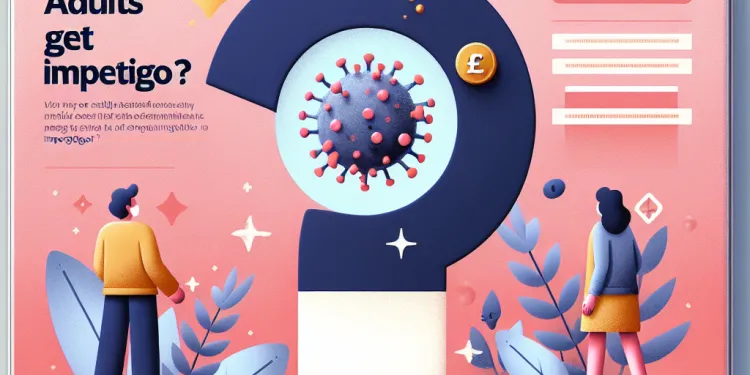
Can adults get impetigo?
Relevance: 60%
-

How can I tell if I have impetigo?
Relevance: 60%
-
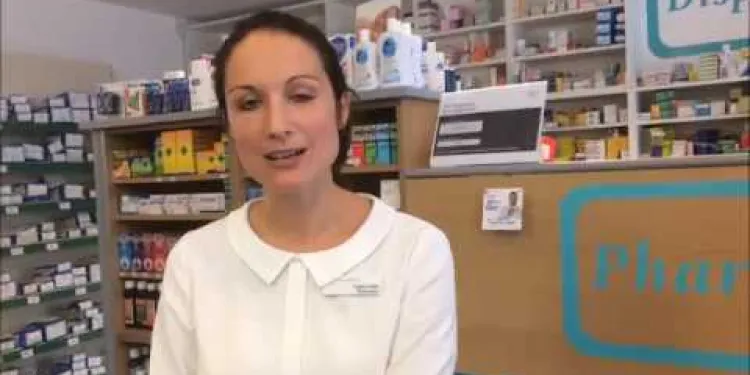
Minor ailment scheme - Impetigo
Relevance: 59%
-

Can impetigo become serious?
Relevance: 59%
-
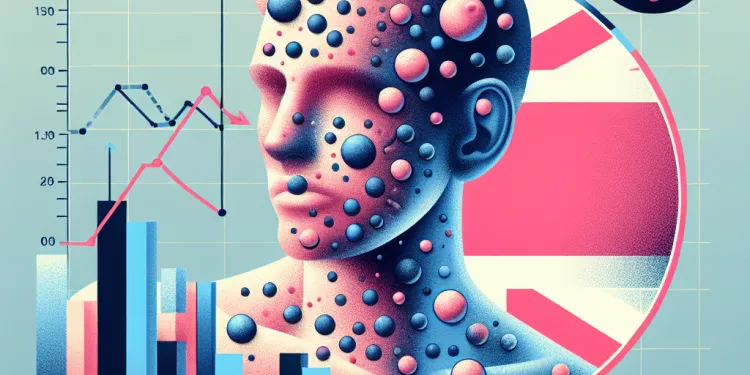
When should I seek medical help for impetigo?
Relevance: 57%
-

How can I prevent the spread of impetigo?
Relevance: 56%
-

Can impetigo spread to other parts of my body?
Relevance: 53%
-
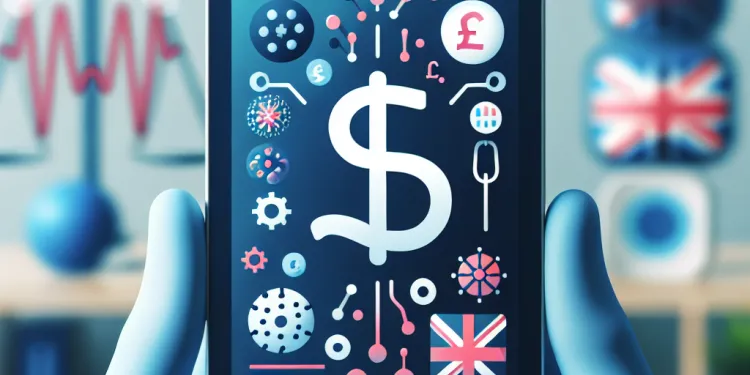
Can I get impetigo more than once?
Relevance: 52%
-
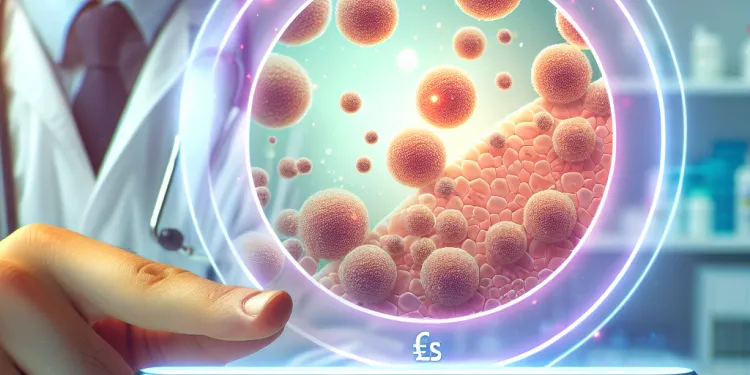
What should I do if my child has impetigo?
Relevance: 41%
-
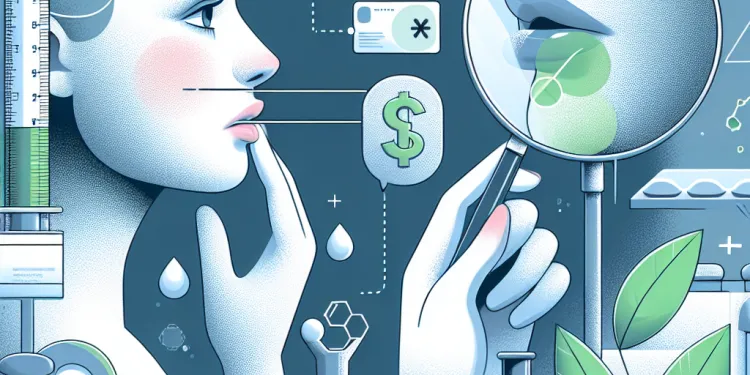
What are the symptoms of a cold sore?
Relevance: 19%
-

Will I have visible scars after a facelift?
Relevance: 17%
-

What should I avoid doing during the recovery period?
Relevance: 16%
-
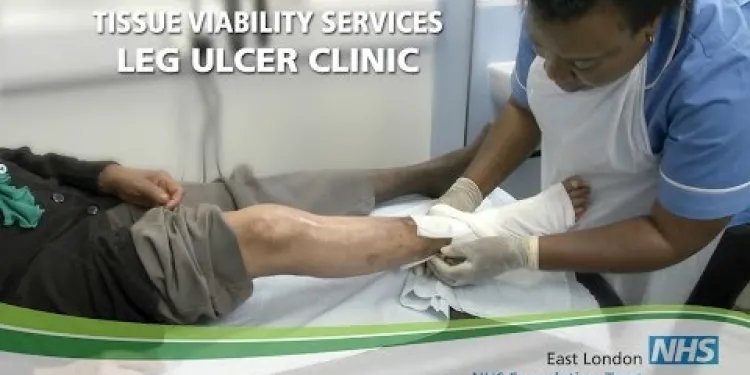
Leg Ulcers
Relevance: 15%
-
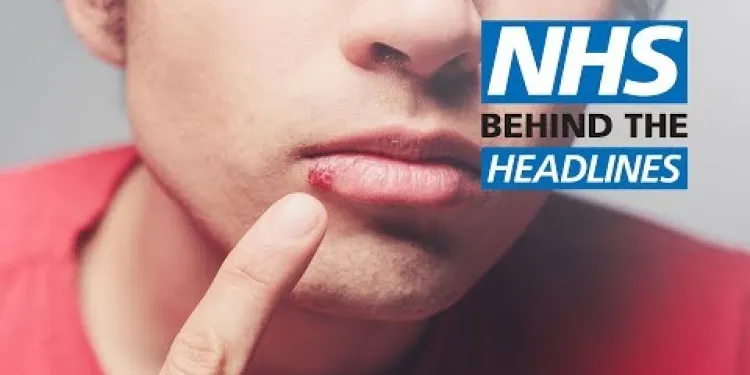
Honey 'as good as antiviral creams' for cold sores | NHS Behind the Headlines
Relevance: 15%
-
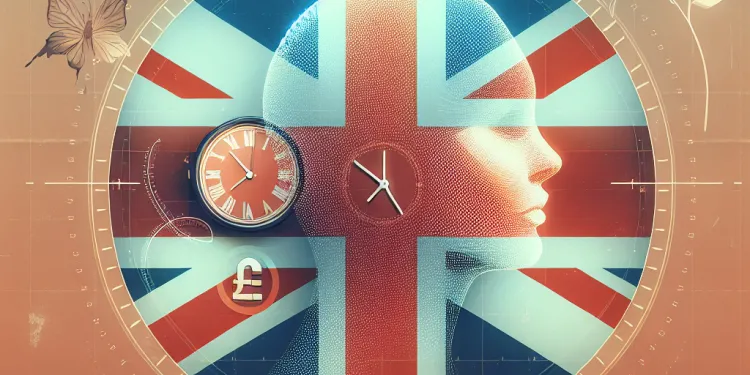
What is the recovery time for a facelift?
Relevance: 14%
-

How long do cold sores last?
Relevance: 14%
-

What to do if you're sunburnt
Relevance: 14%
-
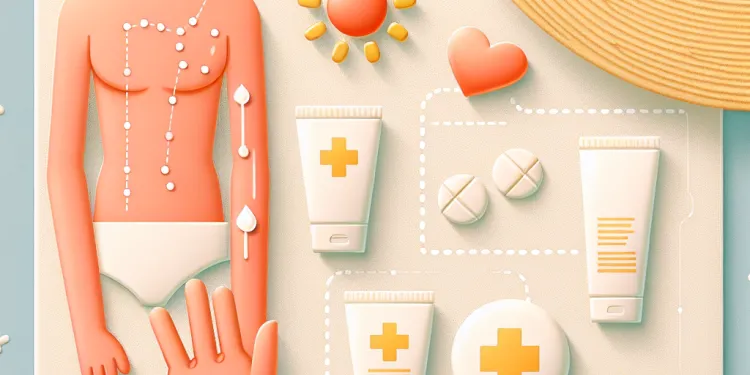
What are the symptoms of sunburn?
Relevance: 13%
-

How is sunburn treated?
Relevance: 13%
-
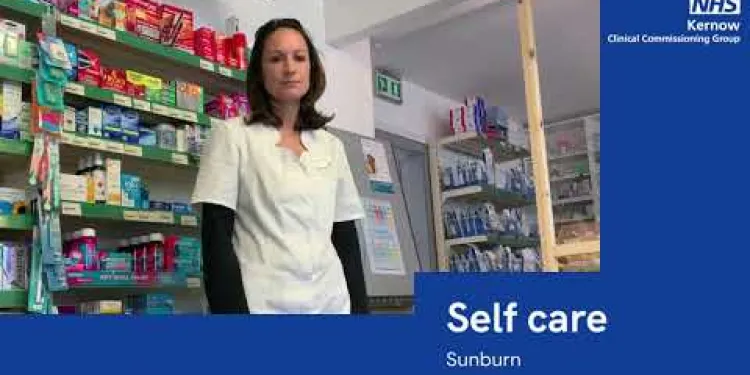
Self care - sunburn
Relevance: 13%
-
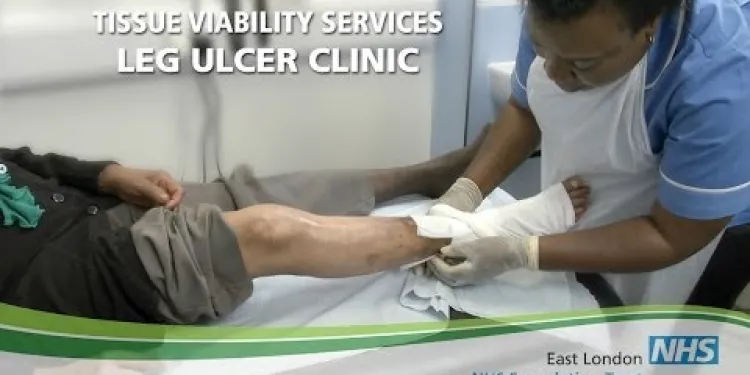
Leg ulcer see Venous leg ulcer
Relevance: 13%
-
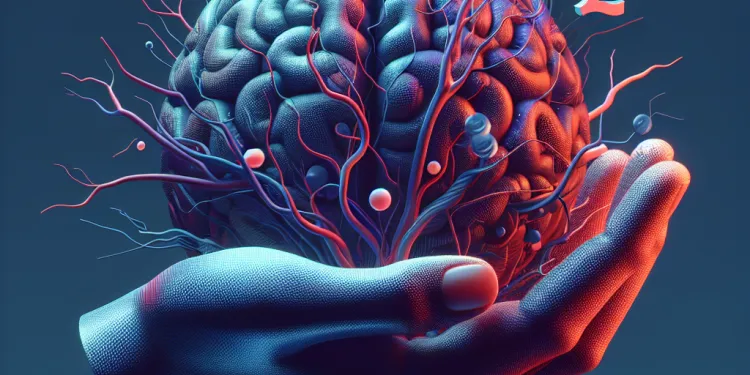
Is there a risk of permanent nerve damage?
Relevance: 13%
-
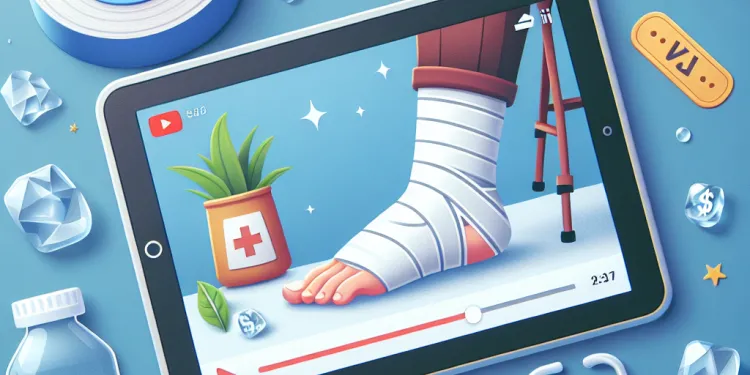
How to treat a sprained ankle
Relevance: 12%
-

How do I deal with burns and scalds? (9 to 30 months) | NHS
Relevance: 12%
-
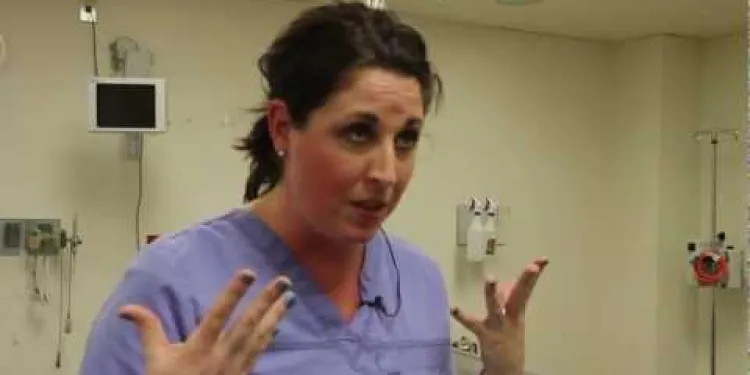
How to treat a scald burn
Relevance: 12%
-

Think Pharmacy: Sprains and Strains
Relevance: 12%
-

Greater trochanteric pain syndrome
Relevance: 12%
-

How soon can I return to work after a facelift?
Relevance: 12%
-

How soon can I return to work after a facelift?
Relevance: 12%
-
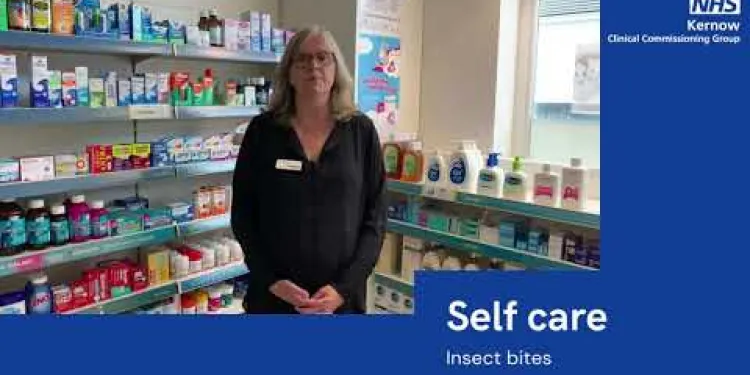
Self care - insect bites
Relevance: 12%
-
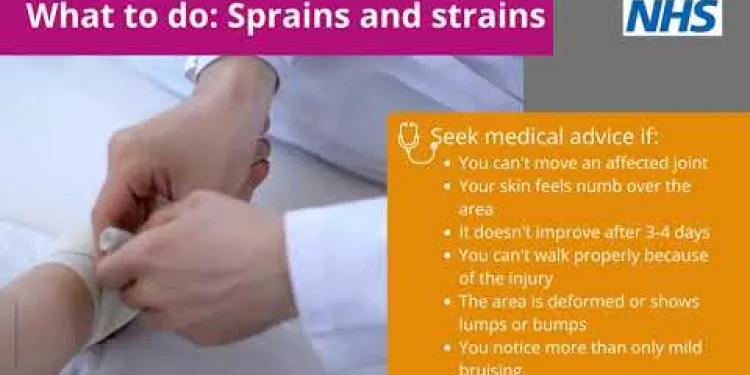
Self-care for sprains and strains
Relevance: 11%
-
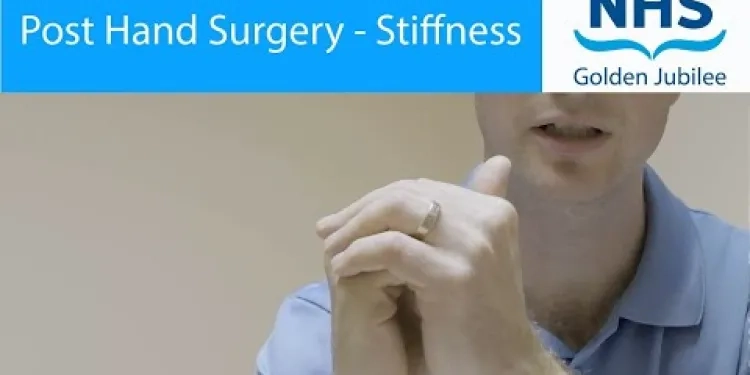
Post hand surgery - Stiffness management and trigger finger
Relevance: 11%
-
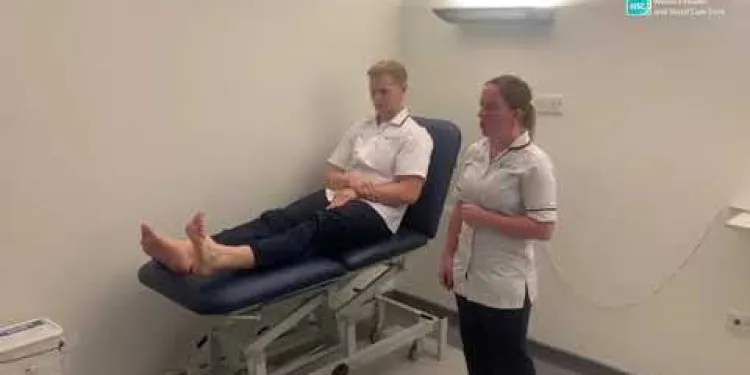
Physiotherapy Exercises following an Ankle Fracture
Relevance: 11%
Understanding Impetigo
Impetigo is a common and highly contagious skin infection that primarily affects young children, although adults can also be affected. Caused by either Staphylococcus aureus or Streptococcus pyogenes bacteria, impetigo is characterized by red sores that quickly rupture, ooze, and form a yellow-brown crust. While not usually serious, it is crucial to understand the healing process and the steps required to manage and treat the infection effectively.
Typical Healing Time for Impetigo
The duration it takes for impetigo to heal can vary based on several factors, including the severity of the infection and whether treatment is administered promptly. On average, with proper treatment, impetigo will begin to clear up within 7 to 10 days. In some cases, it may start to improve in as little as 3 days. Without treatment, impetigo can take several weeks to resolve and may increase the risk of spreading to others.
Treatment Options
In the UK, impetigo is primarily treated with antibiotics, which can be in the form of a topical cream or oral medication. Topical antibiotics, such as fusidic acid or mupirocin, are typically prescribed for mild cases and are applied directly to the affected areas. For more severe cases or when the infection is widespread, oral antibiotics may be necessary. Commonly prescribed oral antibiotics include flucloxacillin or erythromycin. The antibiotic course generally lasts around 7 days but may vary depending on the specific circumstances and doctor’s advice.
Factors Influencing Healing Time
Several factors can influence how long it takes for impetigo to heal. Early diagnosis and adherence to a prescribed treatment regimen play a significant role in the recovery process. Additionally, individual immune system function and personal health status can affect healing speed. It is crucial to follow the healthcare professional’s guidelines carefully to ensure the infection does not worsen or spread.
Preventing the Spread of Impetigo
Impetigo is highly infectious, so preventing its spread is important. Ensuring good hygiene practices, such as regular hand washing, avoiding scratching or touching the sores, and keeping infected areas clean and covered, can help contain the spread. It is also advisable to keep children with impetigo away from school or nursery until they are no longer contagious, which is usually 48 hours after treatment starts or once the sores have healed.
When to Seek Medical Advice
While impetigo generally improves with treatment, there are situations where medical advice should be sought promptly. If sores do not show signs of healing after 7 days of treatment, or if the infection appears to spread or worsen, it is important to consult a healthcare professional. Additionally, if the patient develops a fever or if the infection recurs frequently, further evaluation may be necessary to address any underlying issues.
Understanding Impetigo
Impetigo is a skin infection that spreads easily. It mostly affects young children, but adults can get it too. It is caused by certain bacteria. Impetigo makes red sores on the skin. These sores can break open, leak, and then form a yellow-brown crust. Impetigo is not usually serious, but it is important to know how to help it heal and to treat it properly.
How Long It Takes for Impetigo to Heal
Impetigo can take a different amount of time to heal for each person. It depends on how bad the infection is and if treatment starts quickly. With the right treatment, impetigo often gets better in 7 to 10 days. Sometimes it can improve in just 3 days. If not treated, impetigo can last for weeks and might spread to others.
How We Treat Impetigo
In the UK, doctors usually use antibiotics to treat impetigo. Antibiotics can be a cream or tablets. Creams like fusidic acid or mupirocin are used for small infections and are put directly on the sores. For bad infections, tablets like flucloxacillin or erythromycin might be needed. Treatment with antibiotics usually lasts 7 days, but it depends on what the doctor says.
Things That Affect Healing Time
How fast impetigo gets better can depend on many things. Finding and treating the infection early is important. The person’s own health and immune system also matter. It is necessary to follow the doctor’s instructions to make sure the infection goes away and does not spread.
Stopping Impetigo from Spreading
Impetigo spreads easily, so it is important to stop it from spreading. Good hygiene helps, like washing hands often and not touching or scratching the sores. Keep the infected areas clean and covered. Children with impetigo should stay away from school or nursery until they are no longer contagious. This is usually 48 hours after starting treatment, or when the sores have healed.
When to Call the Doctor
Impetigo usually gets better with treatment, but sometimes you should call the doctor. Contact a healthcare professional if the sores do not start healing after 7 days of treatment, or if the infection seems to spread or get worse. If the person has a fever or if the infection keeps coming back, a doctor should check for other health issues.
Frequently Asked Questions
How long does it typically take for impetigo to heal?
Impetigo usually heals within 7 to 10 days with proper treatment.
Can impetigo heal without treatment?
Impetigo can clear on its own in a few weeks, but treatment can speed up healing and prevent spreading.
How does treatment affect the healing time of impetigo?
Treatment with antibiotics usually improves healing time, reducing it to around 7 to 10 days.
When should I expect to see improvement in symptoms during treatment for impetigo?
Improvement in symptoms typically begins within a few days of starting antibiotic treatment.
Does the type of antibiotic impact how quickly impetigo heals?
Yes, the effectiveness of the antibiotic can affect healing time, but most common treatments are effective in about the same timeframe.
What should I do if impetigo doesn’t heal after two weeks?
Consult a healthcare professional if impetigo doesn’t heal after two weeks as you may need a different type of antibiotic or further evaluation.
How long does it take for impetigo to heal without antibiotics?
Without antibiotics, impetigo can take longer to heal, possibly 2 to 4 weeks, and there is a higher risk of complications.
Can over-the-counter treatments help impetigo heal faster?
Over-the-counter treatments may relieve symptoms, but prescription antibiotics are required to effectively treat impetigo.
How quickly does impetigo heal with topical antibiotics?
Topical antibiotics, like mupirocin, can lead to healing in about 7 to 10 days.
Is it possible for impetigo to heal on its own?
Yes, impetigo can self-resolve, but it usually takes several weeks without treatment.
Can impetigo come back after it heals?
Yes, impetigo can recur, especially if the bacteria are not completely eradicated.
Does impetigo leave scars once it heals?
Impetigo rarely leaves scars if properly treated; any scarring is usually minor.
Does the healing time for impetigo differ between adults and children?
The healing time is generally the same, but children might require careful monitoring to avoid spreading.
Are there factors that can delay the healing of impetigo?
Yes, factors like poor hygiene, underlying skin conditions, or improper antibiotic use can delay healing.
How long after starting treatment is impetigo no longer contagious?
Impetigo is usually not contagious 24-48 hours after starting antibiotic treatment.
What can help speed up the healing process of impetigo?
Proper hygiene, following treatment guidelines, and avoiding scratching can help speed up healing.
Can home remedies contribute to healing impetigo?
Home remedies might alleviate discomfort but are not substitutes for antibiotics required to heal impetigo.
Does the severity of impetigo impact the healing time?
Yes, more severe cases may take longer to heal and could require oral antibiotics.
How should I care for the skin affected by impetigo during healing?
Keep the area clean, avoid scratching, and apply any prescribed medications as directed.
Can impetigo healing time vary between different types of the condition?
Yes, bullous impetigo may take longer to heal than non-bullous due to its more severe skin lesions.
How long does it take for impetigo to get better?
Impetigo is a skin infection. It usually takes about one to two weeks to heal with treatment.
Here are some things that can help:
- See a doctor. They might give you medicine.
- Keep the skin clean. Wash gently.
- Cover the sores so they don't spread.
If you have questions, ask a doctor or nurse for help.
With the right help, impetigo can get better in 7 to 10 days.
Can impetigo get better without medicine?
Impetigo is a skin infection. It can go away by itself in a few weeks. But treatment helps it heal faster and stops it from spreading to others.
It’s a good idea to see a doctor if you have impetigo. They can give you medicine to help. You can also keep the infected area clean and dry.
How does medicine help impetigo get better?
Taking medicine called antibiotics can help you feel better faster. This can make you better in about 7 to 10 days.
When will I start to feel better from impetigo?
Impetigo is a skin infection. It makes your skin red and sore. When you take medicine or use cream from the doctor, you will start to feel better. This can take a few days. Keep taking the medicine or using the cream as the doctor said.
Here are some tips to help:
- Ask a grown-up to remind you to take your medicine.
- Use a calendar to mark each day you take your medicine.
- Tell someone if your skin does not get better after a few days.
You might start to feel better a few days after taking medicine for your infection.
Do different antibiotics make impetigo heal faster?
Yes, how well the medicine works can change how fast you get better. But most medicines work in about the same amount of time.
What can I do if impetigo is still there after two weeks?
If the rash is not getting better after two weeks, talk to a doctor. They can help you.
You can also ask a grown-up to help you take pictures of the rash and show them to the doctor. This can help the doctor see what's happening.
Using simple tools like reminders to take your medicine can help you remember to use them every day.
If your impetigo doesn't get better after two weeks, talk to a doctor. You might need a different medicine to help you get better.
How long to get better from impetigo without medicine?
Without medicine, impetigo can take a long time to get better. It might take 2 to 4 weeks. There is also a bigger chance for problems.
Do store-bought medicines help impetigo heal quickly?
You can buy medicine at the store to help with the symptoms. But, to really get rid of impetigo, you need medicine from the doctor called antibiotics.
How fast does impetigo go away with skin medicine?
Impetigo is a skin infection. It causes red sores. Doctors give special cream or ointment to help. This is called skin medicine or topical antibiotics. It can help you get better.
Most of the time, impetigo starts to get better in a few days. But make sure to use the medicine every day. Listen to your doctor!
Here are some tips to help:
- Wash your hands with soap often.
- Don't touch or scratch the sores.
- Keep sores clean and covered with a bandage.
Ask a grown-up for help if you need it!
Creams like mupirocin can help cuts or sores heal in about 7 to 10 days.
Can impetigo get better without medicine?
Yes, impetigo can go away on its own, but it usually takes a few weeks without medicine.
Can impetigo come back after it gets better?
Impetigo is a skin infection. After you have impetigo and it gets better, sometimes it can come back.
If you ever had impetigo before, wash your hands often and keep cuts and scrapes clean to help stop it from coming back.
Ask a grown-up or a doctor if you have questions.
Yes, impetigo can come back if the germs are not all gone.
Will impetigo leave marks when it gets better?
Impetigo is a skin infection. It can make the skin red and sore. After impetigo heals, it usually does not leave scars. The skin will look better with time.
If you are worried about your skin, talk to a doctor. They can help you and give good advice.
Here are some ways to help:
- Keep skin clean with gentle soap and water.
- Don't scratch the sore spots.
- Use creams your doctor gives you.
Impetigo usually does not leave marks if you treat it the right way. If there are any marks, they are usually very small.
Do adults and kids heal from impetigo at different speeds?
Healing usually takes the same time. But with children, you need to watch them carefully so they don’t spread it.
What can make impetigo take longer to get better?
Yes, things like not keeping clean, skin problems, or not using medicine right can make healing take longer.
When does impetigo stop spreading to others after treatment starts?
Impetigo stops spreading to others 1 or 2 days after you start taking medicine from the doctor.
How can you help impetigo heal faster?
Keep clean, listen to the doctor, and try not to scratch. This can help you get better faster.
Can things at home help heal impetigo?
Home remedies can help you feel better, but you still need medicine from the doctor to cure impetigo.
Does Bad Impetigo Take Longer to Heal?
Sometimes, bad cases take longer to get better. You might need to take medicine that you swallow, called antibiotics, to help them heal.
How do I take care of my skin while it gets better from impetigo?
Keep the area clean. Don't scratch. Use your medicine like the doctor said.
Does impetigo get better at different speeds for different types?
Sometimes, impetigo can get better in different amounts of time. It depends on the type of impetigo you have.
If you need help understanding, ask a grown-up or a doctor. Using pictures or simple charts can also help.
Yes, bullous impetigo takes more time to heal because it makes the skin sores worse than non-bullous impetigo.
Useful Links
- Ergsy carfully checks the information in the videos we provide here.
- Videos shown by Youtube after a video has completed, have NOT been reviewed by ERGSY.
- To view, click the arrow in centre of video.
- Most of the videos you find here will have subtitles and/or closed captions available.
- You may need to turn these on, and choose your preferred language.
- Go to the video you'd like to watch.
- If closed captions (CC) are available, settings will be visible on the bottom right of the video player.
- To turn on Captions, click settings .
- To turn off Captions, click settings again.
More Items From Ergsy search
-

How long does it take for impetigo to heal?
Relevance: 100%
-

Is impetigo contagious?
Relevance: 68%
-

How is impetigo treated?
Relevance: 68%
-

Is impetigo painful?
Relevance: 66%
-

Are there any home remedies for impetigo?
Relevance: 64%
-

Is there a vaccine for impetigo?
Relevance: 62%
-

Pharmacy First – Impetigo Service
Relevance: 61%
-

Can adults get impetigo?
Relevance: 60%
-

How can I tell if I have impetigo?
Relevance: 60%
-

Minor ailment scheme - Impetigo
Relevance: 59%
-

Can impetigo become serious?
Relevance: 59%
-

When should I seek medical help for impetigo?
Relevance: 57%
-

How can I prevent the spread of impetigo?
Relevance: 56%
-

Can impetigo spread to other parts of my body?
Relevance: 53%
-

Can I get impetigo more than once?
Relevance: 52%
-

What should I do if my child has impetigo?
Relevance: 41%
-

What are the symptoms of a cold sore?
Relevance: 19%
-

Will I have visible scars after a facelift?
Relevance: 17%
-

What should I avoid doing during the recovery period?
Relevance: 16%
-

Leg Ulcers
Relevance: 15%
-

Honey 'as good as antiviral creams' for cold sores | NHS Behind the Headlines
Relevance: 15%
-

What is the recovery time for a facelift?
Relevance: 14%
-

How long do cold sores last?
Relevance: 14%
-

What to do if you're sunburnt
Relevance: 14%
-

What are the symptoms of sunburn?
Relevance: 13%
-

How is sunburn treated?
Relevance: 13%
-

Self care - sunburn
Relevance: 13%
-

Leg ulcer see Venous leg ulcer
Relevance: 13%
-

Is there a risk of permanent nerve damage?
Relevance: 13%
-

How to treat a sprained ankle
Relevance: 12%
-

How do I deal with burns and scalds? (9 to 30 months) | NHS
Relevance: 12%
-

How to treat a scald burn
Relevance: 12%
-

Think Pharmacy: Sprains and Strains
Relevance: 12%
-

Greater trochanteric pain syndrome
Relevance: 12%
-

How soon can I return to work after a facelift?
Relevance: 12%
-

How soon can I return to work after a facelift?
Relevance: 12%
-

Self care - insect bites
Relevance: 12%
-

Self-care for sprains and strains
Relevance: 11%
-

Post hand surgery - Stiffness management and trigger finger
Relevance: 11%
-

Physiotherapy Exercises following an Ankle Fracture
Relevance: 11%


